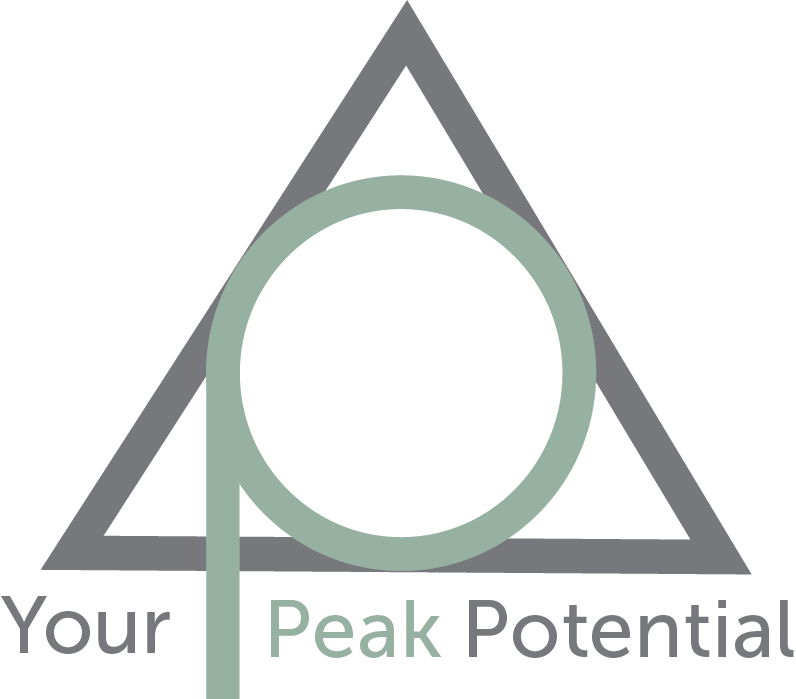Invincible Oxygen Advantage breathing for Everest Base Camp
Chris and Dave had booked the trip of a lifetime to trek to Everest base camp
They were preparing for the trip physically, stepping up their already active lifestyles with additional gym work, swimming, running and biking and hill walking. It made sense to do specific preparation for the altitude. So they started an 11 week Oxygen Advantage program to feel more confident with less oxygen and to mitigate the effects of altitude on how they would feel and perform.
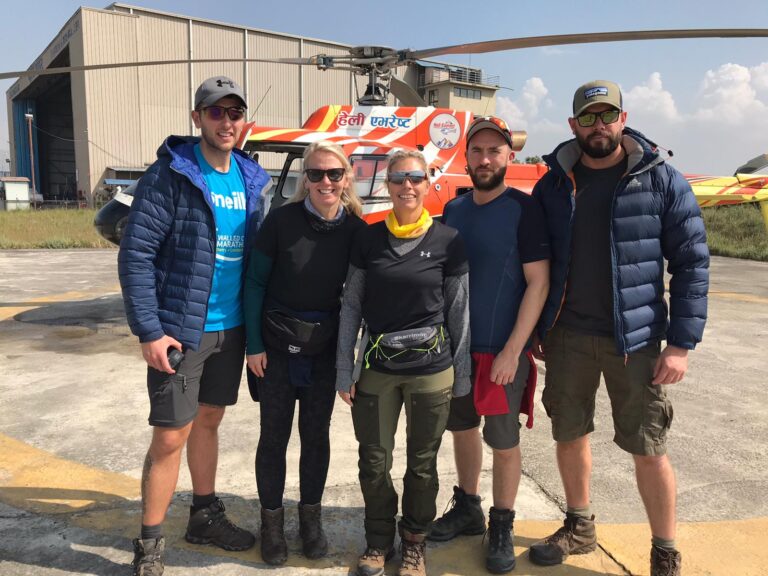
The preparation
Chris and Dave both found it relatively easy to adopt nose breathing day to day with practice. They both found it useful to practice the relaxing short breath pauses whilst driving. Like anything new, it took a little time to be able to nose breathe when running. But after only a few week, it go easier.
“On my runs, I noticed that compared to breathing with my mouth, I did not get dry mouth, I did not feel dehydrated and had less need to take on water. Day to day my nose is opening up more and breathing is a lot clearer. I have noticed I am sleeping better and have more energy in the morning”
Chris- Developer
Over the weeks, this progressed to practicing restricting the breath via a number of specific exercises when moving. First walking, then running and other exercises before moving to a specific practice that mimics the effects of high altitude.
The big change for Dave by week 3 was his snoring had greatly reduced, as keenly noticed by his wife! As the day of the trip grew closer , they were also using the breathing exercises during gym workouts to add another dimension to the training. Dave noted that
It’s funny as my trainer says breathe and I stop and say I am breathing but through my nose.
Dave- Developer
After only 8 weeks Chris noted he was nose breathing with more ease when mountain biking and hiking up steep inclines, only occasionally feeling the need to swap to mouth breathing.
I feel I can go for longer on foot and bike and even feel slight increase in power for uphills,
Chris - Developer
I am sleeping like a baby and the snoring has stopped!
Dave- Developer
Invincible breathing forever!
I want to say a massive thanks to Phil for all his efforts to get us ready for our trip. It really helped me mentally prepare for the trip knowing I had techniques up my sleeve to deal with the altitude.
I would say to anyone looking to get those extra gains that this technique really helps open up your airwaves and get more oxygen into your system. This in turn helps you go for longer, recover quicker and push yourselves that extra level.
Chris- Developer
I have integrated the Oxygen Advantage techniques into my daily lifestyle and still regularly carry on with breath holds, breathe light, shark fit and altitude simulation exercises.
Using these while doing weights, push ups, press ups really adds an extra level to your training. I can now go for a run at a fast pace and maintain nose breathing without any issues.
Dave- Developer
The trip - diary notes
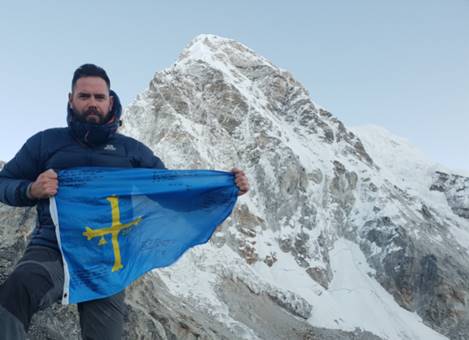

At Base Camp the oxygen level is 50% of that at sea level and blood oxygen level, in a healthy person is 95% plus at all times.
Blood oxygen can drop to 75% at base camp.
The affects of altitutde are:
- shortness of breah, rapid pulse
- difficulty sleeping, loww of appetite
- fatigue, headaches dizzyness
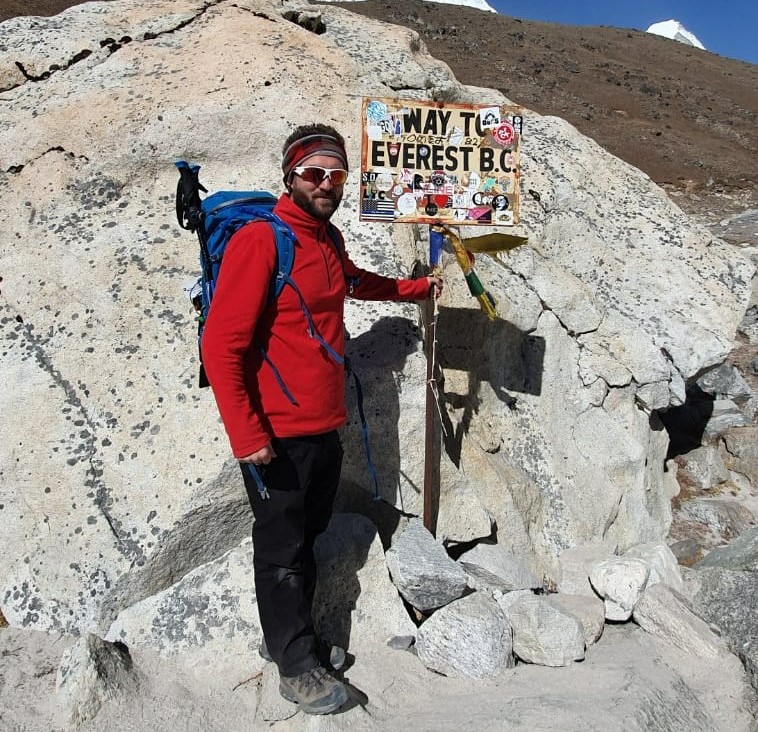

Nov 3rd Lukla Airport
2860M above sea level, Oxygen Level 73%
“The most dangerous airport in the world”
Perched on the side of mountains, no navigation equipment can be used to land on the single runway.
After getting off the helicopter at Lukla Airport you could feel the lack of oxygen right away after walking just a few steps. I started to nose breathe and it was definitely harder here. After getting in to a rhythm I found the training helped me control my breathing quite easily.
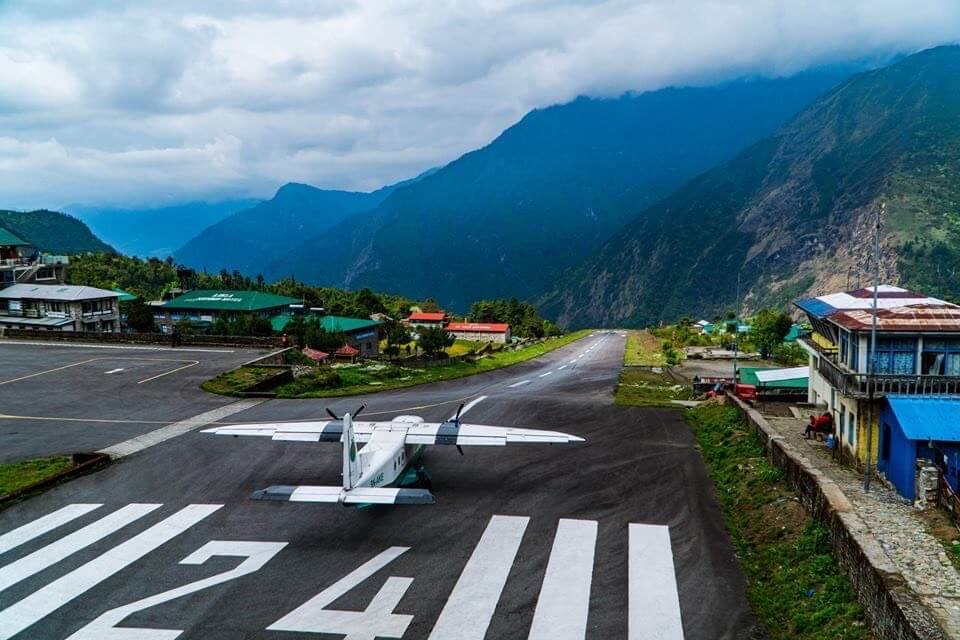

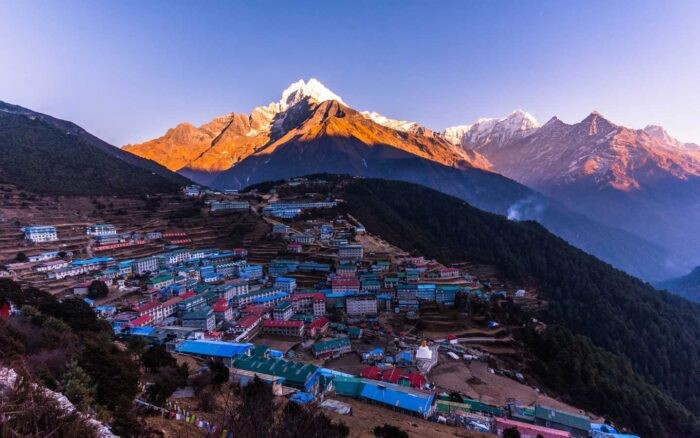

Nov 5th Namche
3500M above sea level
Small colourful market town with views of the giant Himalayan peak.
oxygen level 64%, HR 82, SPO2 94
“The walk up to Namche was a test of the nose breathing. I controlled my breath, slowing it down and walked slower. When we arrived at Namche I noticed that my recovery on the pulse oximiter was quicker than the majority of the group.
Nov 8th Dingboche
4410M above sea level, sherpa village only accessible on foot or yak.
Oxygen level 58%. Resting HR 87, SPO2 90
I was in a good rhythm with the nose breathing at altitude now. You would feel quite light headed as if you had really exerted yourself and it really hit home at how you needed to keep the rhythm up.
It was a lot harder to breathe through your nose at night here but I feel like I was doing this for the majority of the night. I noticed a lot of people mentioned that they woke up gasping for air, but I did not experience this at all during the trip.
Nov 9th Gorak Shep
5164M, small settlement at the edge of a frozen lake
It was significantly harder doing anything at this altitude. Many of our group were getting headaches and felt nauseous. I felt tired but was okay, I did not really have any symptoms of altitude sickness. It was definitely noticeable that there was a lack of oxygen but I feel that all the exercises that taught us to limit our breathing really helped me prepare myself mentally for how to deal with this and not to panic.
Nov 9th – Everest South Base camp,
Nov 8th Everest Base Camp
5164M, oxygen level 50%, Resting HR 91 SPO2 89
We made it!!!
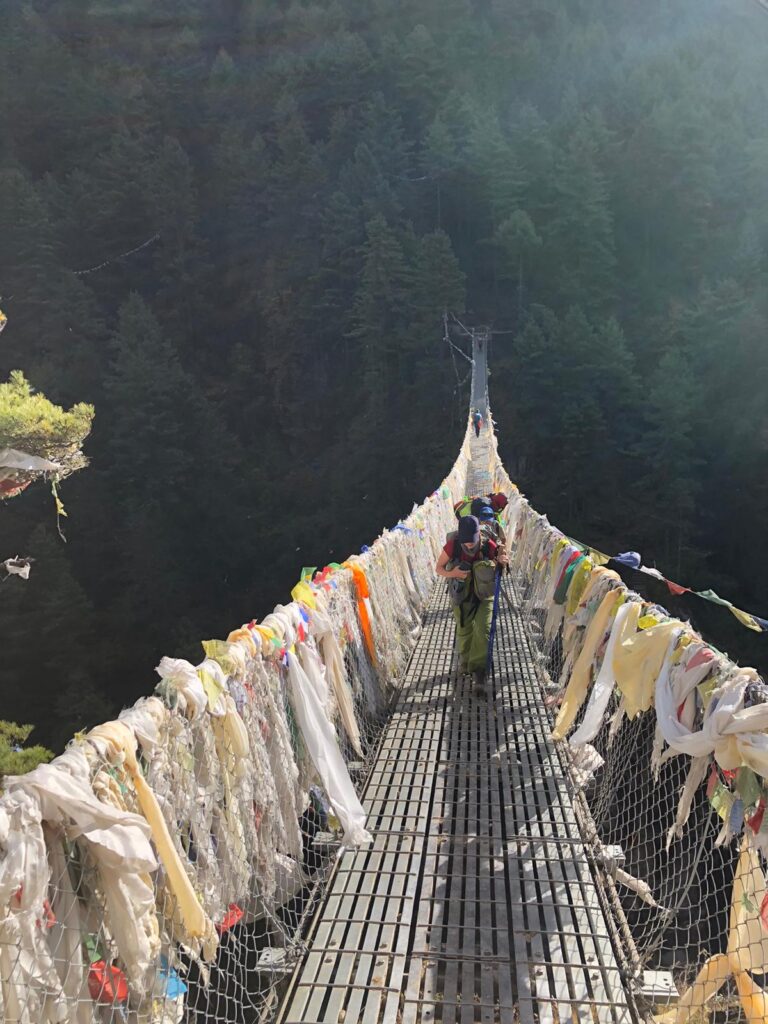

Nov 10th Kala Patthar
5644M above sea level, “BlackRock” South Ridge Pumori for close up Everest views
We got up at 3:00am in the morning to set off ready for the sunrise. After climbing 100 metres you could feel a massive difference in the oxygen levels. Here it was a lot harder to breathe. Intermittently I would slip in to breathing through my mouth as there was a sense I needed to take a big breath. But after forcing myself I got in to a rhythm to sustain nose breathing for the last hour of the ascent.
I felt very lethargic at the top section and could only move very slowly and felt like very simple movements were very tricky. Although I did not feel like breathing was a major issue. I successfully summited and we spent 30 minutes at the top. I then acclimatised quite quickly.
